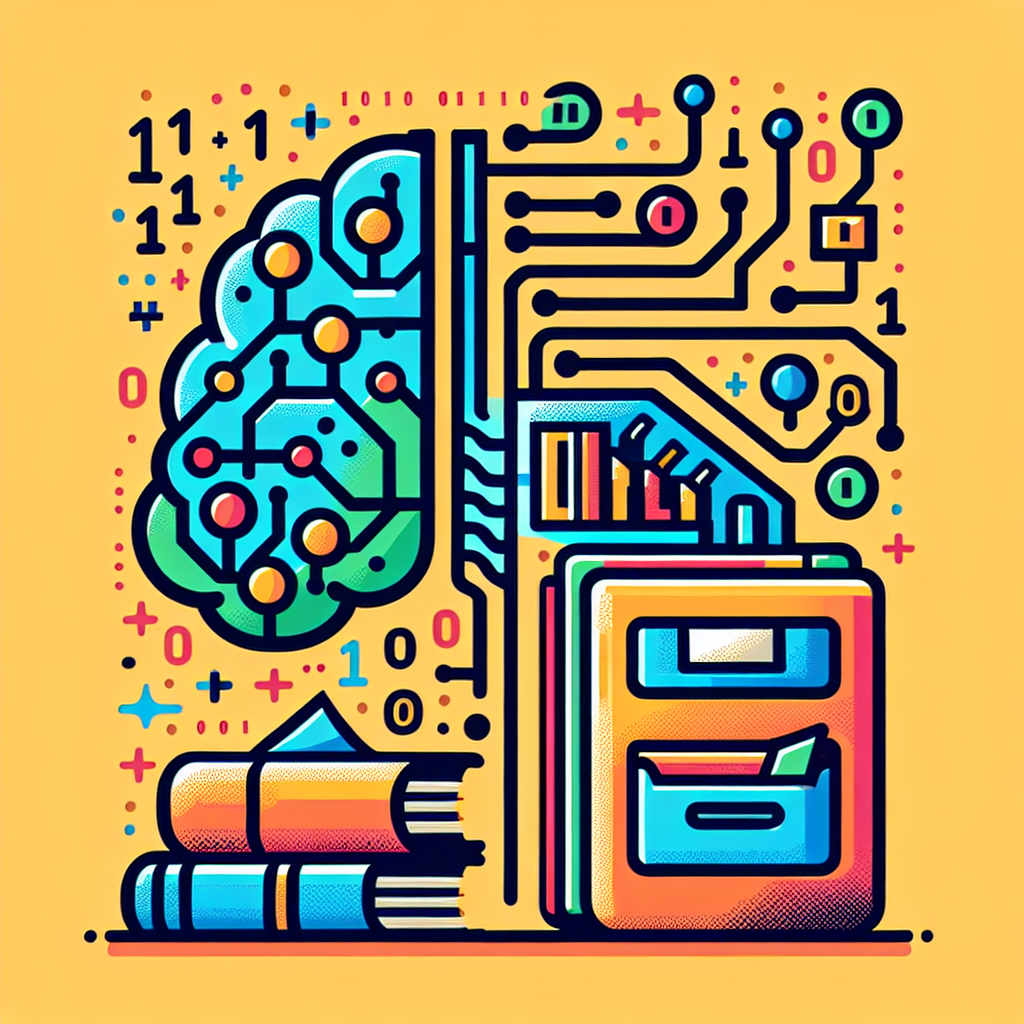Natural Language Processing (NLP) has gained significant attention in recent years due to its ability to extract meaning from human language. One of the key applications of NLP is text classification, which involves automatically categorizing text documents into predefined categories based on their content. This article will explore the use of NLP for text classification, its benefits, challenges, and common techniques used in this field.
What is Natural Language Processing (NLP) for Text Classification?
Natural Language Processing (NLP) is a subfield of artificial intelligence that focuses on the interaction between computers and human language. NLP for text classification involves developing algorithms and models that can automatically analyze and categorize text documents based on their content. This technology is widely used in various applications such as sentiment analysis, spam detection, and document categorization.
Text classification is a fundamental NLP task that involves assigning predefined categories or labels to text documents based on their content. This can be useful in various applications such as news categorization, sentiment analysis, and customer feedback analysis. By automatically categorizing text documents, organizations can efficiently organize and retrieve information, make informed decisions, and improve customer satisfaction.
Benefits of NLP for Text Classification
There are several benefits of using NLP for text classification, including:
1. Automation: NLP algorithms can automatically analyze and categorize large volumes of text documents, saving time and resources compared to manual classification.
2. Scalability: NLP models can scale to handle large datasets and process text documents in real-time, making them suitable for applications with high volumes of text data.
3. Accuracy: NLP algorithms can accurately categorize text documents based on their content, leading to more reliable results compared to manual classification.
4. Efficiency: NLP models can quickly analyze text documents and categorize them into predefined categories, enabling organizations to make informed decisions and take timely actions.
Challenges of NLP for Text Classification
Despite its benefits, NLP for text classification also poses several challenges, including:
1. Ambiguity: Human language is inherently ambiguous, making it challenging for NLP algorithms to accurately interpret and categorize text documents, especially in cases of sarcasm, irony, or ambiguity.
2. Data quality: The quality of the training data used to train NLP models can significantly impact their performance. Poor-quality data, such as noisy or biased text documents, can lead to inaccurate classification results.
3. Domain specificity: NLP models trained on one domain may not perform well in another domain due to differences in vocabulary, syntax, and semantics. Domain adaptation techniques are required to improve the generalization of NLP models across different domains.
Common Techniques for NLP Text Classification
There are several common techniques used in NLP for text classification, including:
1. Bag of Words (BoW): The bag of words model represents text documents as a collection of unique words, ignoring the order and structure of the text. Each word is assigned a numerical value based on its frequency in the document, and a classification algorithm is trained on this representation to predict the category of the document.
2. Term Frequency-Inverse Document Frequency (TF-IDF): TF-IDF is a statistical measure that evaluates the importance of a word in a document relative to a collection of documents. It assigns a weight to each word based on its frequency in the document and its rarity in the document collection, allowing NLP models to focus on key terms for classification.
3. Word Embeddings: Word embeddings are dense, low-dimensional vectors that represent words in a continuous vector space. Models such as Word2Vec and GloVe are commonly used to learn word embeddings from large text corpora, capturing semantic relationships between words and improving the performance of NLP models for text classification.
4. Convolutional Neural Networks (CNNs): CNNs are deep learning models that use convolutional layers to extract features from text documents. By applying convolutional filters to the input text, CNNs can capture local patterns and hierarchies of information, enabling them to learn complex relationships between words and improve text classification performance.
5. Recurrent Neural Networks (RNNs): RNNs are deep learning models that can capture sequential dependencies in text data. By processing text documents one word at a time and updating hidden states based on previous words, RNNs can learn long-range dependencies and improve the performance of NLP models for text classification.
Frequently Asked Questions (FAQs)
Q: What is the difference between text classification and text clustering?
A: Text classification involves assigning predefined categories or labels to text documents based on their content, while text clustering involves grouping similar text documents into clusters without predefined categories. Text classification is a supervised learning task, while text clustering is an unsupervised learning task.
Q: How can I improve the performance of NLP models for text classification?
A: To improve the performance of NLP models for text classification, you can consider techniques such as data preprocessing, feature engineering, hyperparameter tuning, and model ensembling. Additionally, fine-tuning pre-trained language models such as BERT or GPT-3 can also improve the performance of NLP models for text classification.
Q: What are some common applications of NLP for text classification?
A: Some common applications of NLP for text classification include sentiment analysis, spam detection, topic categorization, document classification, and customer feedback analysis. NLP models can be used to automatically analyze and categorize text documents in various domains and applications.
In conclusion, Natural Language Processing (NLP) for text classification is a powerful technology that can automatically analyze and categorize text documents based on their content. By using NLP techniques such as bag of words, TF-IDF, word embeddings, CNNs, and RNNs, organizations can efficiently organize and retrieve information, make informed decisions, and improve customer satisfaction. Despite its challenges, NLP for text classification offers numerous benefits and applications, making it a valuable tool for organizations looking to leverage the power of human language in their data analysis and decision-making processes.

